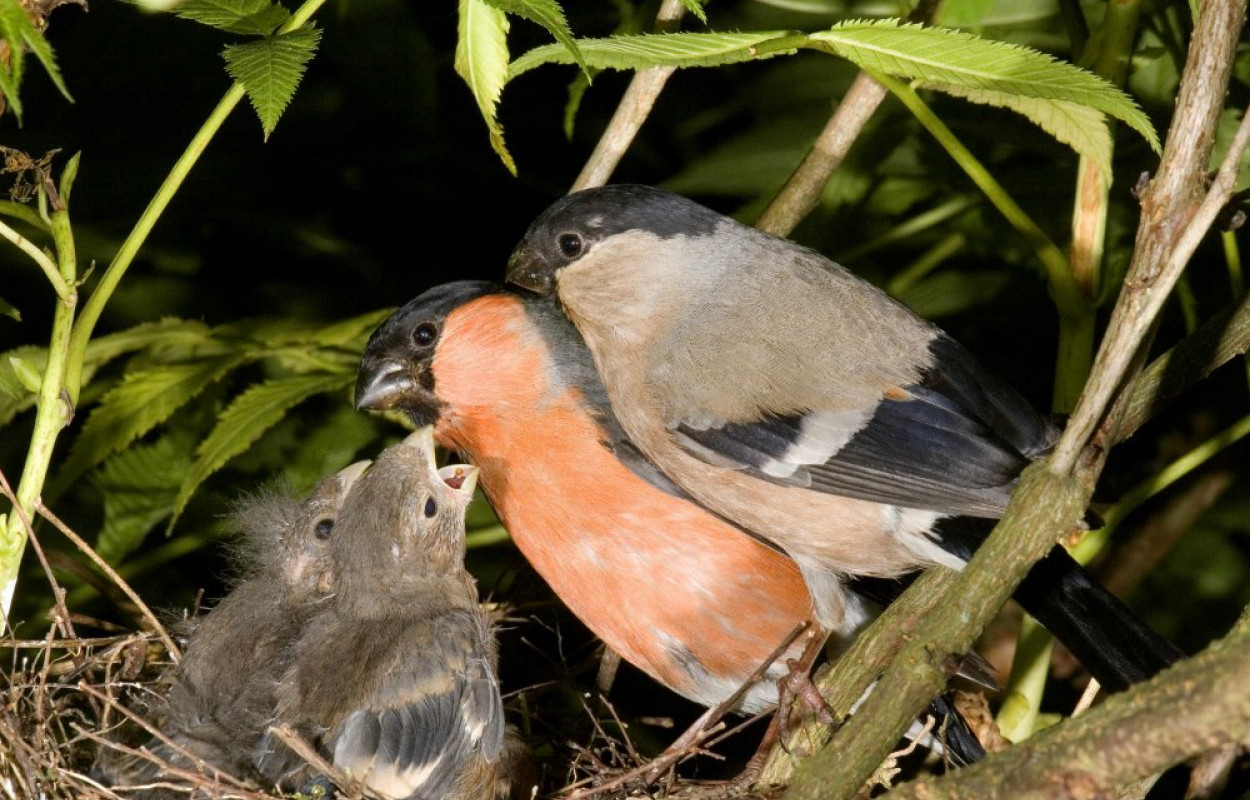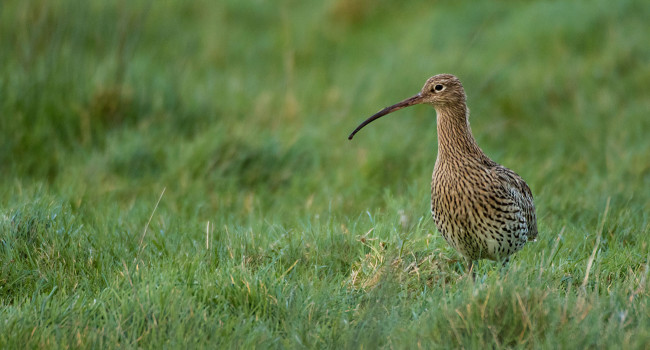Flexibility in the timing of post-breeding moult in passerines in the UK

Author(s): Morrison, C. A., Baillie, S. R., Clark, J. A., Johnston, A., Leech, D. I., Robinson, R. A.
Published: January 2015
Journal: Ibis Volume: 157 ( part 2 )
Digital Identifier No. (DOI): 10.1111/ibi.12234
BTO research has used information collected by bird ringers to investigate large-scale differences and flexibility in the timing of feather moult across 15 passerine species that breed in the UK. Different moult strategies were found between migrant and resident species, alongside within-species regional variation in moulting schedules.
Most passerines replace their 10 primary flight feathers in sequence after breeding, and ringers are encouraged to score the progression of this moult in the birds they catch. This study found significant differences in when species begin to moult, with Blue Tits, which commence this process earliest in the season, replacing feathers more than two months before Bullfinches, the latest moulting species. Data from the Nest Record Scheme showed that these differences can be completely explained by the time at which species finish breeding, and consequently, species that produce only a single-brood each year start moult earlier in the season than multi-brooded species.
There was also significant variation in how long species take to complete their post-breeding moult, with long-distance migrants replacing their feathers at a faster rate than the resident species. Migrants achieved this by moulting a greater number of feathers simultaneously than residents. For example, migratory Whitethroats moutled faster than any other species in the study, replacing their primary feathers in about two months by moulting an average of three and a half feathers per wing at one time. Conversely, resident House Sparrows, the slowest moulting species, took nearly four months to complete their moult by only moulting two feathers simultaneously. It is likely that these differences in moult strategies are governed by the constraints each species faces at the end of the breeding season. Residents are unlikely to travel very far from breeding grounds during the winter and can consequently take their time over moult, but a rapid post-breeding moult, although energetically costly, may allow migratory species to undertake their perilous southerly journeys as early and quickly as possible.
Within species, there were clear regional differences in the commencement of moult that seemed to influence moult duration. This was particularly apparent in the multi-brooded species, in which moult started later but progressed faster in southern Britain (where the duration of the breeding season was longer) than in the north. This finding demonstrates flexibility within birds’ moult schedules so that a later end to breeding can be compensated for by a faster post-breeding moult. Such flexibility might allow species to change their moult schedules in response to prevailing breeding season conditions. However, this may be constrained by the requirement to complete post-breeding moult prior to migration or the onset of winter, which may be especially limiting for later nesting species.
Notes
We would like to thank the generous donations from ringers and friends of ringing which allowed this work to be undertaken.









Share this page